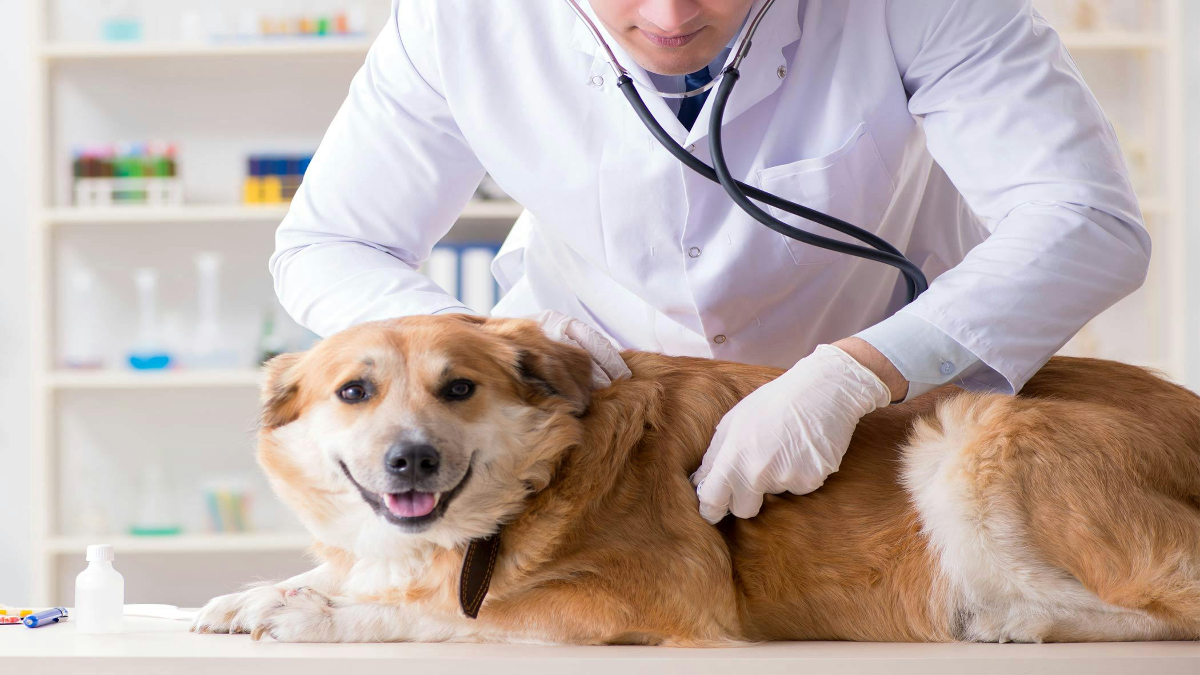In the quest to unravel the enigmas of canine reproductive health, a fascinating question emerges: blood kill sperm in dogs? This study thoroughly examines the complex mechanisms of canine biology, specifically focusing on the potential interplay between sperm and blood within the male reproductive system. Explore more about canine health at petscareinsiders.com.
We delve into these interactions to shed light on the intricate factors that influence canine fertility and reproductive outcomes. This pursuit not only expands our knowledge of canine reproductive physiology but also equips us with the insights needed to optimize reproductive health in dogs. We can significantly enhance canine welfare and promote responsible breeding practices by empowering veterinarians, breeders, and pet owners to make informed decisions.
This research significantly advances our knowledge of canine reproductive physiology, providing crucial insights into potential obstacles or intricacies that may emerge during breeding. This knowledge is not only significant but also reassuring for veterinarians, breeders, and pet owners, as it can help us enhance our support for dogs’ optimal reproductive health. By investigating the possible influence of blood on sperm viability, we aim to instill confidence in the potential benefits of this research.
Understanding Canine Reproductive Physiology
A. Intricacies of Canine Reproductive Physiology:
- The Intricate Architecture of the Male Reproductive System
- Spermatogenesis: Production and Maturation of Spermatozoa
- The Function of the Epididymis in Sperm Development and Maturation
B. Factors Influencing Sperm Viability and Fertility:
- Genetic Determinants of Sperm Quality and Function
- Environmental Influences on Sperm Viability
- Impact of Health Conditions on Reproductive Health
C. Understanding Health Conditions and Hormonal Imbalances:
- Reproductive Disorders and Their Effects on Sperm Production
- Hormonal Imbalances and Their Influence on Fertility
- Evaluating Reproductive Health in Male Dogs
D. Optimizing Reproductive Health Outcomes:
- Comprehensive Approaches to Reproductive Health Evaluation
- Proactive Measures for Maintaining Breed Integrity
- Enhancing Reproductive Health through Informed Breeding Practices
Potential Impact of Blood on Sperm Viability
A. Impact of Blood Presence on Sperm Viability:
- Blood within the male reproductive tract may influence sperm viability in dogs.
- Introducing toxins or contaminants from blood exposure could impair sperm structure, motility, or DNA integrity.
B. Limited Research and Veterinary Insights:
- Research on the specific topic of blood’s impact on sperm function in dogs is scarce.
- Veterinary expertise suggests that disruptions like blood contamination can compromise sperm health and fertility.
C. Importance of Veterinary Intervention:
- Veterinary intervention may be required in mating injuries or reproductive disorders leading to blood exposure.
- Timely veterinary assessment and treatment are crucial to minimize adverse effects on sperm viability and reproductive outcomes.
D. Need for Further Research:
More investigation is necessary to determine the exact processes by which blood influences canine sperm function. Investigations like these may result in focused treatments that improve reproductive outcomes and lessen adverse effects.
Furthermore, by providing more guidance for managing reproductive disorders and encouraging successful reproduction, a more profound comprehension of these mechanisms may help to improve the general health of canines. This field of study must be pursued further to enhance our knowledge of canine reproductive physiology and population health and welfare.
Consideration of Practical Scenarios
A. Real-Life Scenarios Involving Blood Exposure:
- Mating injuries or reproductive disorders in dogs may result in blood coming into contact with sperm.
- Conditions such as prostatitis or injuries to the reproductive tract can lead to bleeding within the male reproductive system.
B. Impact on Reproductive Outcomes:
- Blood exposure can compromise sperm quality or motility, diminishing the likelihood of successful fertilization.
- Reduced sperm viability due to blood contamination may hinder reproductive success in affected dogs.
C. Role of Veterinary Intervention:
- Prompt veterinary assessment and treatment are essential in blood exposure within the reproductive tract.
- Veterinary intervention aims to minimize adverse effects on sperm viability and optimize reproductive success in affected dogs.
D. Optimizing Reproductive Health in Affected Dogs:
- Timely veterinary intervention and appropriate treatment protocols are crucial for minimizing the impact of blood exposure on sperm viability.
- By addressing underlying causes and providing targeted interventions, veterinarians can enhance reproductive outcomes and promote canine well-being.
Conclusion
In summary, the impact of blood on sperm viability in dogs underscores the complexity of canine reproductive health. While limited research directly addresses blood kill sperm in dogs, veterinary expertise suggests that blood exposure within the reproductive tract can potentially compromise sperm quality and fertility. In real-life scenarios, such as mating injuries or reproductive disorders, prompt veterinary intervention is crucial to minimize the adverse effects on sperm viability and maximize reproductive outcomes.
Further research is needed to better understand the specific mechanisms by which blood blood affects sperm function in dogs. Additionally, continued veterinary guidance and expertise are essential in effectively managing canine reproductive health issues. By advancing our understanding and adopting evidence-informed approaches, we can promote dogs’ reproductive health and overall well-being more effectively, leading to responsible breeding practices and enhanced canine welfare.
